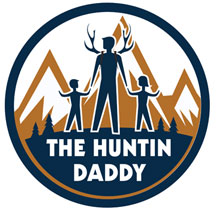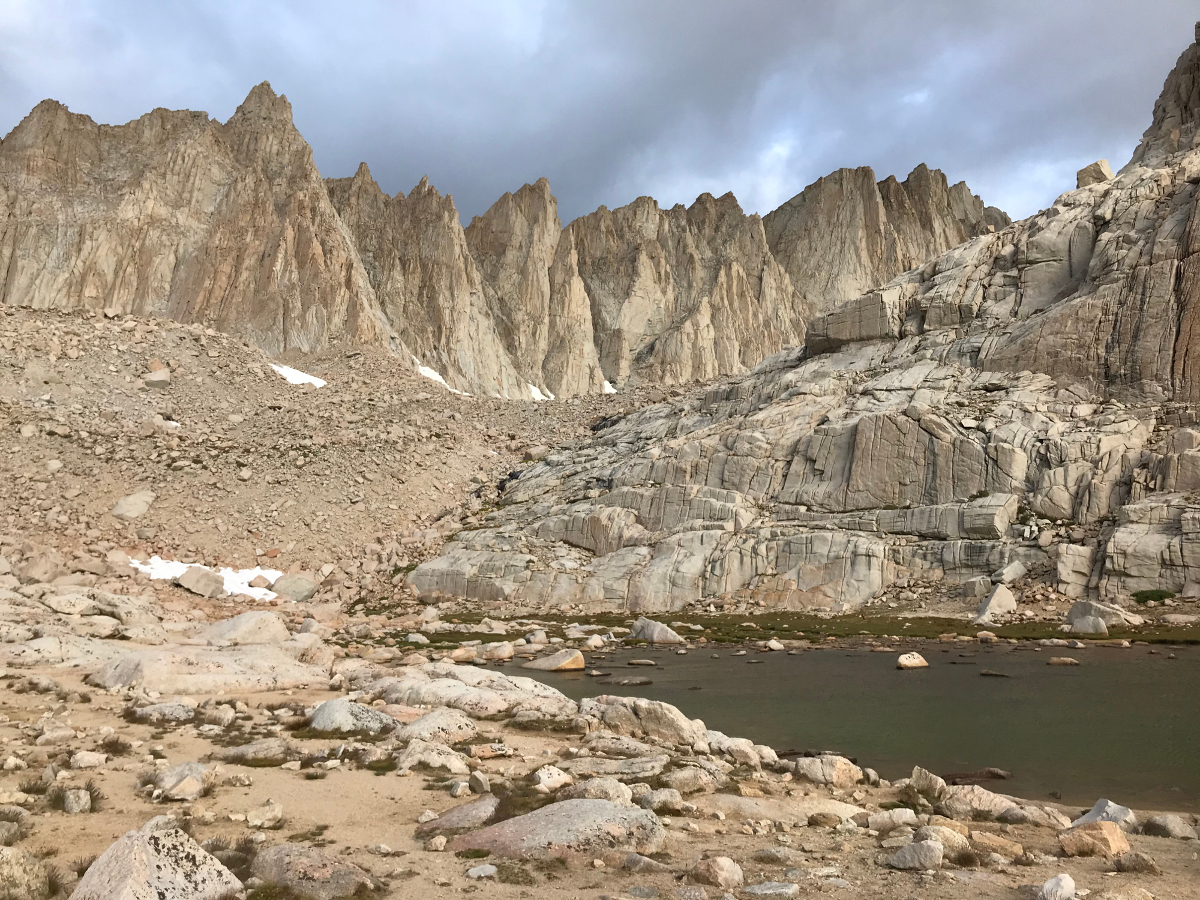For most of my life, the Great Basin has always been the area you drive through on your way to Wyoming. Even though I was mostly passing through, I could not help but be intrigued by what lays over the next ridge. This 200,000 square mile region starts on the eastern edge of the Sierra Nevada Mountain range and expands across Nevada, southeastern Oregon, southern Idaho, and western Utah. Despite relatively high base elevations throughout the Basin & Range, the region remains relatively arid. This is due to it sitting in the rain shadow of the Sierras to the west.
For the Peak Bagger, the Great Basin offers dozens of mountain ranges and lower snow accumulations. This allows higher elevation ascents much earlier in the spring. While similar sized peaks in the Sierras and Rockies are still holding snow, you can be bagging here. There are also multiple Peak Bagging lists, many with overlapping mountains, that give the more mission-oriented baggers plenty to work with. Whether you are chasing after the 17-peak Nevada County High Point List or the 170-peak Nevada Peaks with 2000 Feet of Prominence List, there is plenty of adventure and mountains to go around.
Great Basin Peak List
Despite the placements on these lists, Great Basin Range peaks generally get very little traffic, with some going multiple years without ascents. Today we are going to talk about the Great Basin Peaks List. This list contains 115 peaks in Nevada (83), California (13), Utah (12), Idaho (3), and Oregon (4).

They range from 5,639 feet (Spirit Mountain) to 14,246 feet (White Mountain). In fact, there are 31 peaks over 11,000 feet in elevation and 11 ultra-prominent peaks which have at least 5,000 feet of prominence. For comparison, there are no peaks over 11,000 feet in the Lake Tahoe region. Only 9 ultra-prominent peaks exist in California and 57 in the entire lower 48 states. Great Basin National Park and Death Valley National Park both have multiple peaks on this list.
Hiking in the Great Basin is much different than hiking in the Sierras. For starters, the approaches to many of these places are long and desolate, requiring 4×4 vehicles. Survival skills and supplies are also a must when you are 50 miles in on a dirt road. Many of these hikes have limited water sources. Weather can turn from hot to cold and dry to wet in a few hours. One should always have enough food and water and an emergency satellite device to call for help. Cell service is spotty at best once you leave the interstate. Traveling in groups and multiple vehicles is highly recommended.

Flora & Fauna of the Great Basin
Many of these ranges look lifeless from a distance. There is not much green, however, once you start climbing and getting deeper in, these dead looking places are quite alive. There is plenty of flora and fauna to enjoy. While hiking through miles of desert one can pop over a ridge, finding a lush grove of aspens or canyons filled with pinon pines. Wildflowers can be beautiful in the spring as well. Deer, antelope, bighorn sheep, mountain lions, wild mustangs and elk can be found in many of these ranges. Moose are even starting to migrate into the northern parts of Nevada. Of course, always be on the lookout for rattlesnakes which are very common to this arid landscape.

In some of the higher ranges, especially in northeastern Nevada, there are perennial streams and high-country lakes. These can offer good fishing and picturesque mountain scenery.
Human History
Plenty of human history is scattered through the region. One may stumble across arrowheads, spear points, or petroglyphs from the natives that inhabited the region for thousands of years. Remnants of the mining days during the 1800s and early 1900 are also in the region. Nevada has many ghost towns as well. If you are lucky, you may even be buzzed by low flying fighter jets that play around in these areas daily, offering a taste of modern history. On a recent hike at State Line Peak, we were buzzed by four F-18 Hornets. The OHV crowd also frequents these destinations.
Rockhounding is also a favorite of many people that frequent these areas. For starters, Nevada produces more gold than any other state. However, you are more likely to stumble across gemstones such as opal, turquoise, crystal, agates, obsidian, and petrified wood.

Beauty & Solitude
With hiking in the Great Basin, I think most either love it or hate it. Personally, I’m drawing to it. While most people would prefer to tackle summits around Lake Tahoe with congested parking lots and crowded trails, the lure of the unknown calls to me. Beauty is in the eye of the beholder when it comes to comparing the two areas. Most days of the year, you can have an entire mountain range to yourself. That means something this day in age. Whether you are hiking, peak bagging, hunting, off-roading, rockhounding, or just looking for adventure, step out of your comfort zone and see what the Great Basin Ranges have to offer. You will not be disappointed. I have 104 peaks remaining on my list, and I’m excited to visit each!
Last modified: May 22, 2020











